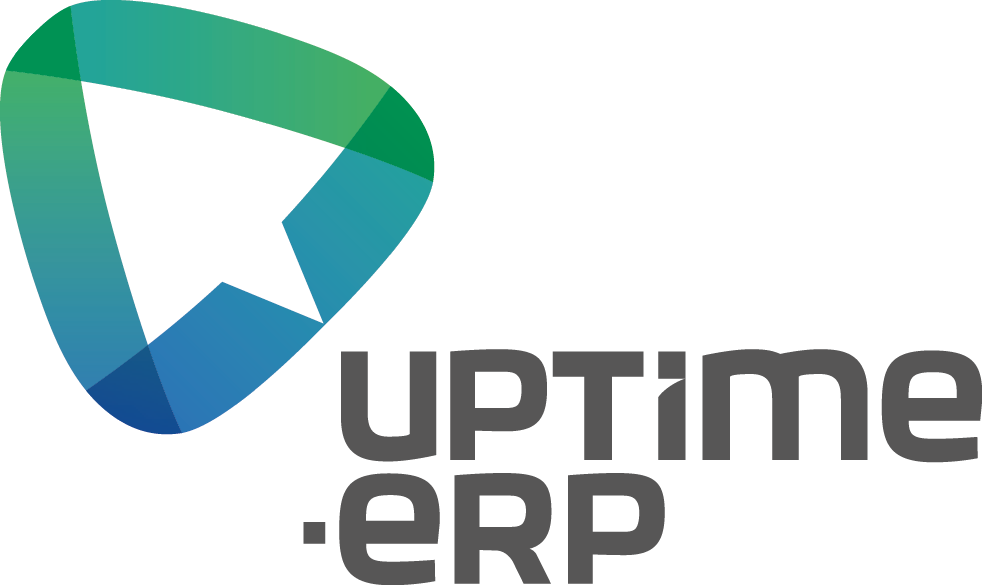Migration to SAP S/4HANA is one of the most strategic initiatives a modern organization can undertake, especially in the context of digital transformation. Note: it cannot be viewed solely through the lens of technical aspects. The perspective must be broader – including aspects such as planning or interdepartmental collaboration.
As the successor to SAP ECC, the S/4HANA system redefines how enterprises manage their processes, integrating advanced technologies such as in-memory computing, real-time analytics, and the Internet of Things. From the perspective of ERP experts, migration to this system is not merely a technological issue – it is a complex process encompassing both technical and strategic aspects, requiring precise planning and close collaboration between business and IT teams.
Why is migration to SAP S/4HANA inevitable?
In January 2027, SAP will end support for older ERP system versions such as SAP ECC and SAP R/3. While this decision may be seen as a challenge, it simultaneously opens the door to modernizing the ERP environment and leveraging the potential of the latest technologies. SAP S/4HANA offers benefits that significantly surpass the capabilities of traditional ERP systems. Thanks to the in-memory SAP HANA platform, the system enables real-time analysis of large data sets, simplifies complex business processes, and supports innovation through integration with the cloud and modern technologies.
Migration to SAP S/4HANA should not be treated solely as a technical modernization. It is a pivotal moment to review existing business processes, optimize IT infrastructure, and introduce solutions that will support the organization’s strategic goals in the long term.
Migration strategies – choosing the right approach
Let’s delve into the details: migration to SAP S/4HANA can undoubtedly take different forms depending on the organization’s specifics, the complexity of its systems, and its resources. The most commonly used strategies are:
- Greenfield (New Implementation), where the organization builds a new SAP S/4HANA system from scratch. This is an ideal option for companies looking to modernize their business processes, eliminate historical data, and reduce the complexity of legacy systems. A “clean slate” implementation allows for full utilization of SAP best practices and the application of standards that simplify further system operation.
- Another option is Brownfield (System Conversion) – a method involving migrating an existing ECC system to SAP S/4HANA based on current configurations and processes. This approach suits organizations that want to avoid radical changes in their processes while modernizing IT infrastructure. System conversion requires precise planning, particularly in the areas of data migration and customization adjustments.
A hybrid approach that combines elements of both strategies is also an option. It enables selective migration of specific data and processes to the new SAP S/4HANA system. This method is suitable for organizations looking to retain certain elements of their current architecture while modernizing others.
Wondering what to choose? The choice of strategy should be preceded by a thorough business, technical, and cost-benefit analysis. It is crucial to consider industry specifics, the degree of customization of existing systems, and the organization’s long-term goals.
Key elements of the migration to the new SAP
Returning to the migration itself – migrating to SAP S/4HANA is a complex process that brings numerous technical, organizational, and operational challenges. Each of these areas requires precise planning to ensure a smooth transition to the new system and maximize the benefits of implementation. One of the key elements to consider in the planning phase is data migration. Older ERP systems, such as SAP ECC, often contain vast amounts of historical data accumulated over the years without sufficient quality control. As a result, this data may be incomplete, duplicated, or outdated, posing a significant challenge when transferring it to SAP S/4HANA.
Remember: data migration requires a specific approach that includes several key steps. First, the organization must conduct a data quality analysis to identify potential issues such as missing fields, format inconsistencies, or errors resulting from manual data entry. Then, this data must be cleaned and prepared for transfer, which includes removing duplicates, filling in missing information, and standardizing formats. This process is not only time-consuming but also requires the use of advanced ETL (Extract, Transform, Load) tools to support automation and precision in actions. In the context of SAP S/4HANA, a particularly useful tool is SAP Data Services, which enables data transformation and validation during migration.
Another challenge is managing custom solutions that have been developed over the years in previous ERP systems. Older ERP systems, such as SAP ECC, were often heavily customized to meet specific business requirements, leading to a significant number of source code modifications. Many of these solutions may be incompatible with SAP S/4HANA’s modern architecture, designed to simplify processes and reduce complexity. Therefore, migration requires a thorough analysis of custom extensions to identify those that can be transferred, modified, or replaced with standard functions offered by SAP S/4HANA.
This process involves using the SAP Readiness Check tool, which assesses the compatibility of existing code with SAP S/4HANA and identifies potential issues requiring resolution. After the analysis, decisions must be made to modify the code or replace custom solutions with standard system functions. On the one hand, this approach simplifies the system; on the other, it requires close collaboration between technical teams and business experts to ensure that critical operational processes are preserved.
However, migration to SAP S/4HANA is not just a technical challenge – it is also an organizational transformation requiring effective change management among end-users. Introducing a new ERP system often changes the way work is done throughout the organization, which can cause concerns and resistance from employees. To mitigate these issues, it is essential to conduct a comprehensive training program, covering both basic system operations and advanced features for key users. Training should be tailored to different skill levels and conducted interactively to facilitate users’ adaptation to the new environment.
Simultaneously, the organization should invest in technical and communication support. It is crucial for users to have continuous access to a support team that can help resolve ongoing issues and clarify doubts. Communication plays a key role in building engagement and understanding of the migration’s purpose – employees need to know the benefits of implementing SAP S/4HANA and how it will affect their daily work. Regular meetings, webinars, and informational campaigns are recommended to clarify the strategy and project progress.
Benefits of implementing SAP S/4HANA
Despite the challenges, the benefits of migrating to SAP S/4HANA are significant. One of the most important is the ability to process data in real time, thanks to the SAP HANA platform. This functionality allows organizations to monitor key business indicators (KPIs), identify problems, and make decisions based on up-to-date information.
Thanks to the system’s simplified architecture, SAP S/4HANA enables organizations to reduce operational costs by automating processes, eliminating outdated solutions, and making better use of resources. Combined with technologies such as artificial intelligence and machine learning, this system offers advanced analytical capabilities that support predicting market trends and optimizing operations.
Additionally, SAP S/4HANA offers flexible deployment models, including cloud, on-premise, or hybrid solutions, allowing organizations to tailor the system to their unique needs.
How to prepare for migration?
The key to a successful migration is thorough preparation. Organizations should start by assessing the current state of their ERP system and identifying which processes require optimization. Conducting an initial proof of concept (PoC) is also recommended, as it helps identify potential problems and test selected SAP S/4HANA functionalities in a controlled environment.
Collaboration with an experienced implementation partner is invaluable – an ERP expert can assist in requirement analysis, migration strategy development, and project execution according to best practices. Ensuring adequate resources – both in the project team and the budget for unexpected expenses – is also crucial.
Migration to SAP S/4HANA is a strategic challenge that can bring significant benefits to an organization, provided it is properly planned and executed. It is not only an opportunity to modernize the IT environment but also to transform business processes, enabling the company to better adapt to the demands of a dynamically changing market. With a precise approach and the involvement of experts, migration to SAP S/4HANA can become the foundation for the organization’s long-term success.

























